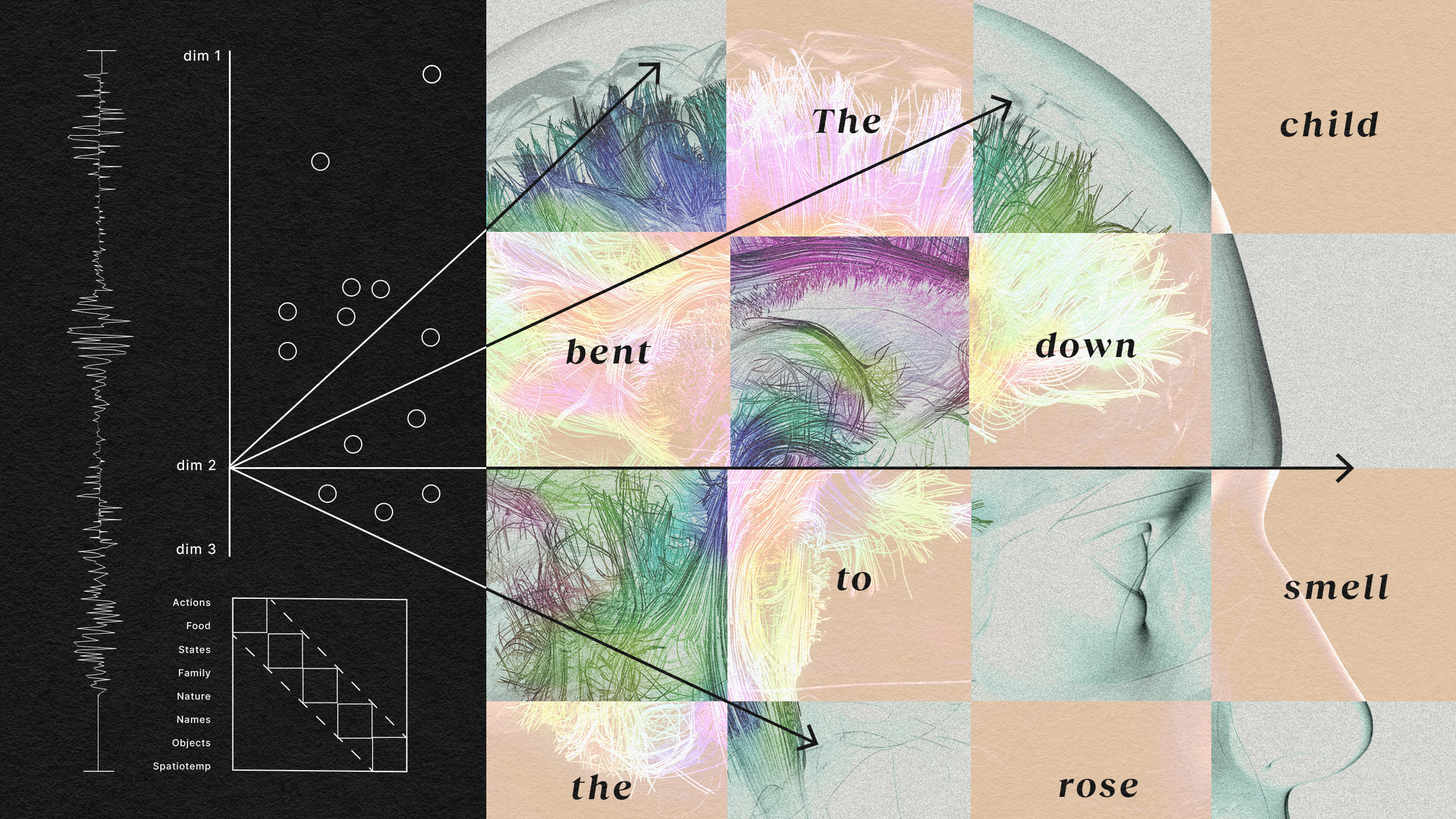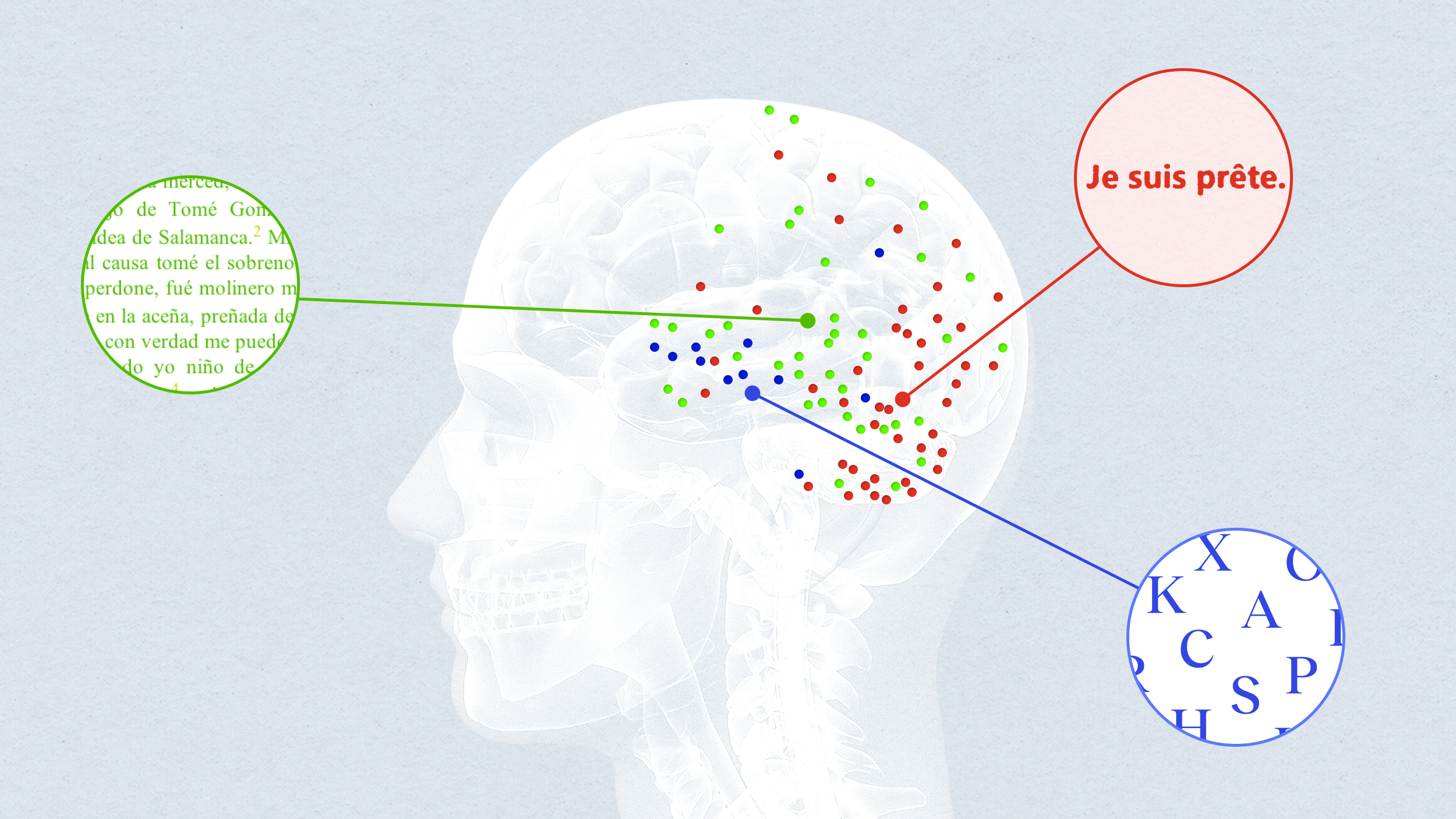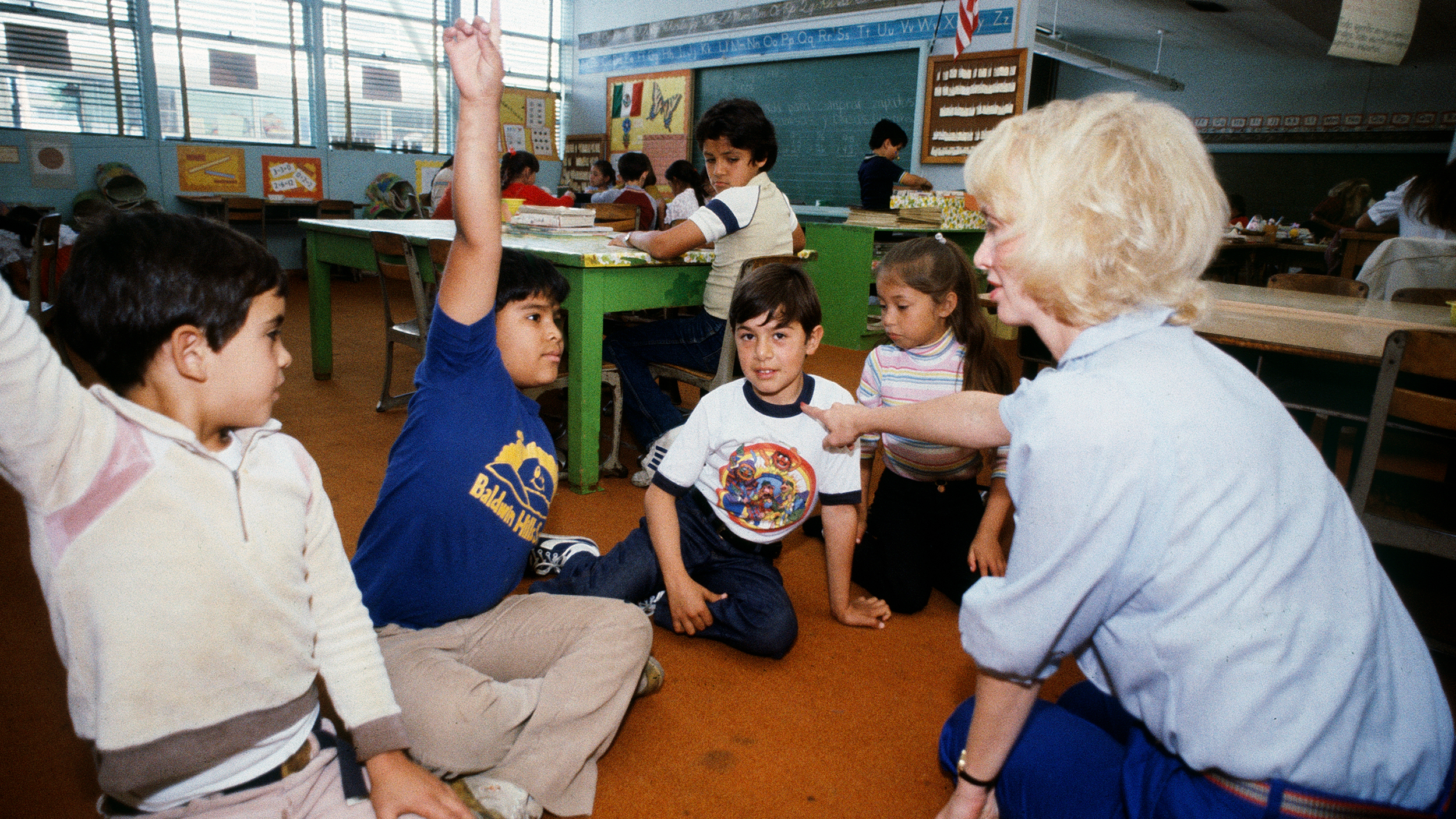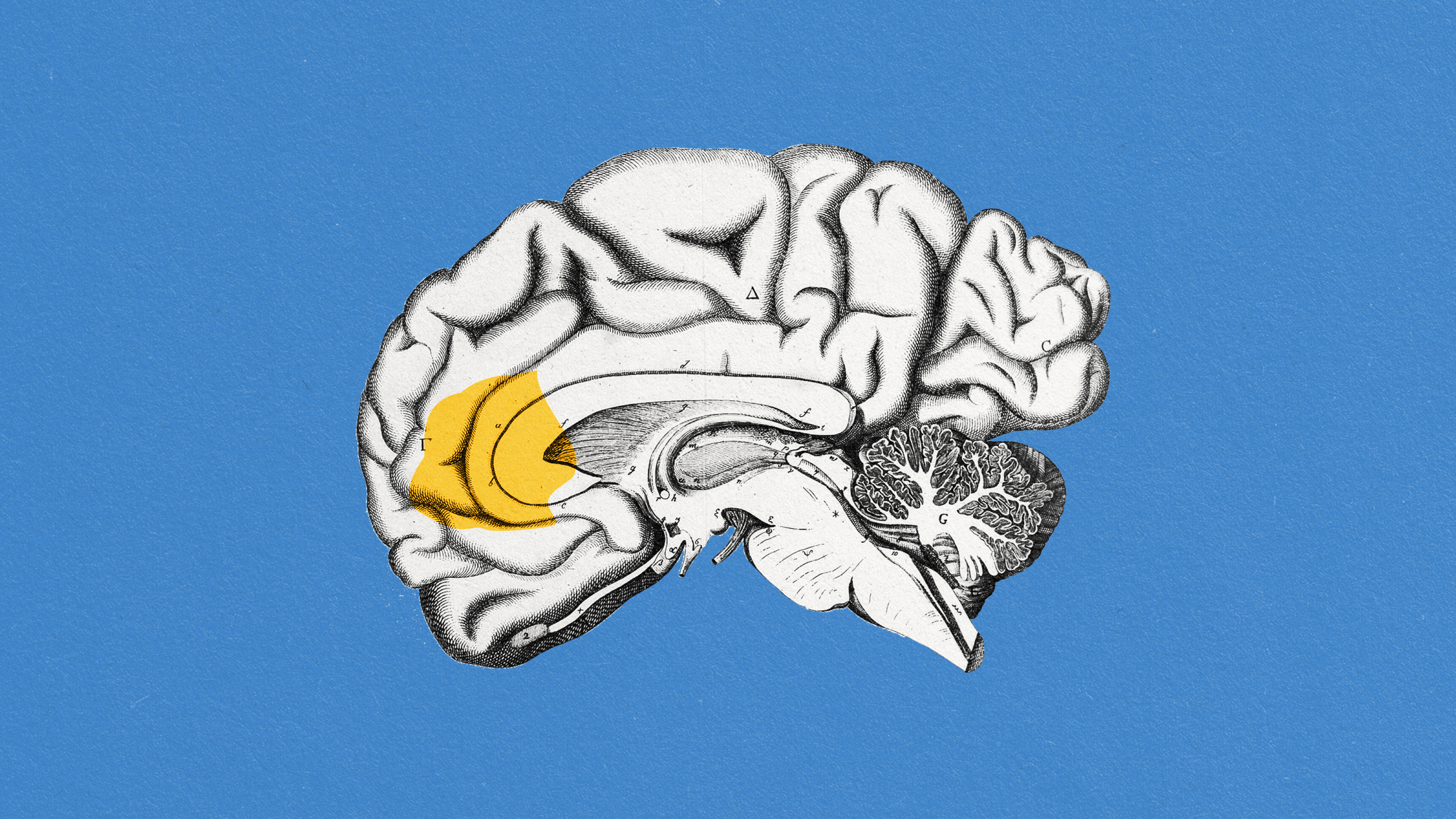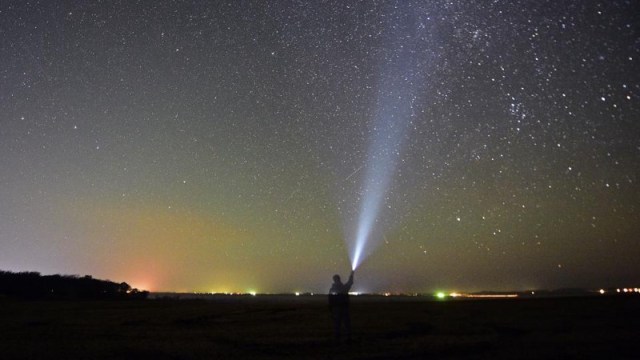Brain study finds that humans are born wired for reading letters and words

Credit: Ben White/Unsplash
- There’s an area of the brain specializing in the recognition of letters and words.
- Neuroscientists wonder how this faculty develops since it would not be a trait associated with survival.
- fMRI scans reveal that this region is already connected to the brain’s language centers in newborns.
It’s been over a century since scientists identified an area of the brain that serves as its “letterbox.” The “visual word form area,” or VWFA, recognizes letter and word shapes before sending them on to the brain’s language regions for processing. The VWFA is an area of fascination for neuroscientists since it seems unlikely that its specialized function would have developed through natural selection, what with reading being such a relatively recent development. Jin Li of Ohio State University (OSU) tells Ohio State News, “It’s interesting to think about how and why our brains develop functional modules that are sensitive to specific things like faces, objects, and words.”
Some feel that the VWFA develops its specialization as a person learns to read. They theorize that it may begin as a region not too different from its neighbor the visual cortex, which recognizes faces. Li is the lead author of a new study that disagrees.
“We found that isn’t true,” says study senior author OSU psychologist Zeynep Saygin. “Even at birth, the VWFA is more connected functionally to the language network of the brain than it is to other areas. It is an incredibly exciting finding.”
The study’s implication is that the VWFA is ready and waiting for reading even in newborns. “That makes it fertile ground to develop a sensitivity to visual words — even before any exposure to language.” Saygin is a member of OSU’s Chronic Brain Injury Program.
The research is published in the journal Scientific Reports.

Credit: EVERST via Adobe Stock
Saygin, Li and their colleagues Heather Hansen and David Osher analyzed fMRI brain scans from 40 newborns and 40 adults that had been made as part of the Developing Human Connectome Project and the Human Connectome Project, respectively.
The researchers found that even in the newborns who were less than a week old, the VWFA was different from the visual cortex in that it already had connections to the language areas of the brain. While the VWFA and visual cortex share some characteristics — they both require high spatial resolution in order to accurately comprehend what they’re seeing — the study reveals that “the VWFA is specialized to see words even before we’re exposed to them.”
Comparing the newborn VWFA to the adult VFWA did reveal some differences, however. “Our findings suggest that there likely needs to be further refinement in the VWFA as babies mature,” Saygin explains. “Experience with spoken and written language will likely strengthen connections with specific aspects of the language circuit and further differentiate this region’s function from its neighbors as a person gains literacy.”
Saygin’s lab is currently attempting to better understand the sort of further VWFA development that may occur prior to reading, by studying the brain region in 3- and 4-year-olds. Her team is also interested in identifying the types of visual stimuli the VWFA responds to at those ages.
Learning more about the VWFA is more than just interesting — it may also help experts address reading and other cognitive issues. “Knowing what this region is doing at this early age,” says Saygin, “will tell us a bit more about how the human brain can develop the ability to read and what may go wrong. It is important to track how this region of the brain becomes increasingly specialized.”
